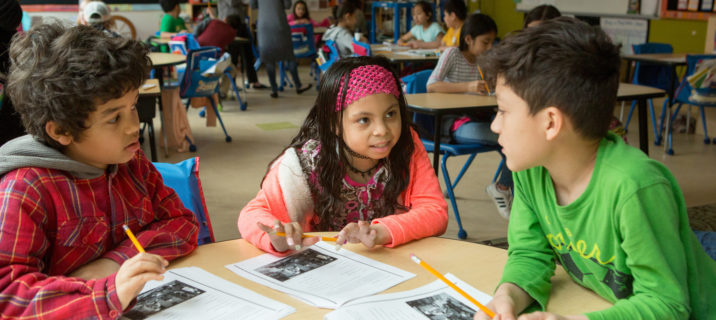Student discipline is a topic that is usually in the minds of educators around the nation. New and pressing research studies are presented that tend to guide the trends regarding discipline in many different directions. The most recent hot topics around student discipline have involved the discrepancies occurring amongst students’ races and the rates in which they are being disciplined. School districts hold different norms and procedures around student discipline, some lean on suspensions and expulsions as a means to address student behavioral issues, while others are leaning towards practices that involve restorative justice principles. This is an attempt to move away from punitive measures of discipline and focus on the development of students and their sense of belonging within a school community, when implemented correctly.
Every student within the United States has the right to a free, public K-12 education, but this right is not necessarily exercised equally. The impact of implicit bias has played a role in the treatment of black students, families and entire communities. The disparities amongst suspension rates involving black students begins as early as preschool.
According to an article published by The Guardian, “As early as preschool, black children are 3.6 times as likely to receive one or more suspensions as white children. According to the data, black girls represent 20% of female preschool enrollment, but account for 54% of preschool children suspensions. Black students were also twice as likely to be expelled as white students.”
Research teams studying the matter reflected on what message that sends to a four year old child. How do we expect students to continue and even succeed in the system that at the age of four, tells them they do not belong and excludes them from school sites?
Schools are often at the center of news headlines around the matter, and as an educator, it breaks my heart to hear the perspective of my black students who have first hand experiences with the topics some educators only read out in textbooks for credentialing. This topic is of significance because as part of the new wave of educators of color emerges in our schools, I feel the responsibility to bring these student experiences to light and attempt to provide solutions for their benefit. Educators, like students, are not blank canvases when we enter classrooms. We come with baggage and experiences that have been foundational in forming who we are. Educators need to undergo bias training and receive additional support with behavior management in classrooms in order to keep students in the classroom, not send them out as a first resort.
Daniela Felix
Latest posts by Daniela Felix (see all)
- The Importance of Mid Year Data for Teachers, Students, and Families - December 18, 2019
- Las Familias Deben Participar en la Mejora de los Resultados de las Pruebas SBAC de California - December 10, 2019
- La Guia de los Aprendices de Inglés de California es un Recurso Útil para los Maestros - December 4, 2019
- California’s English Learner Roadmap Is a Helpful Resource for Teachers - December 2, 2019
- Families Need To Be Involved in Improving California’s SBAC Test Results - November 27, 2019

